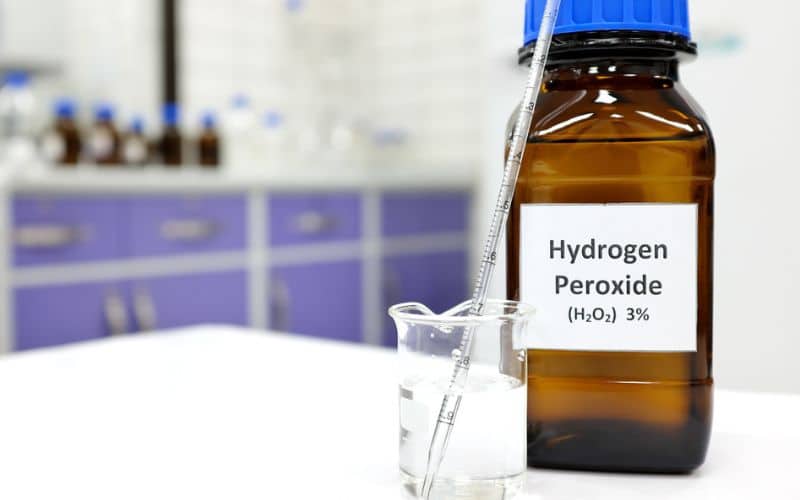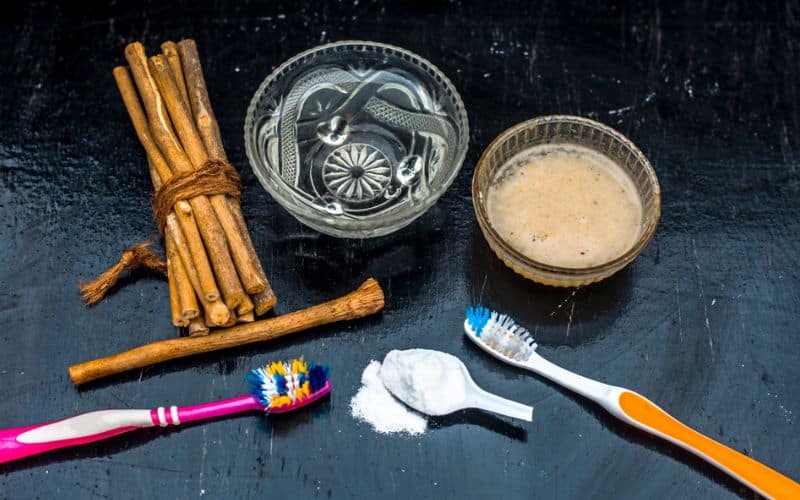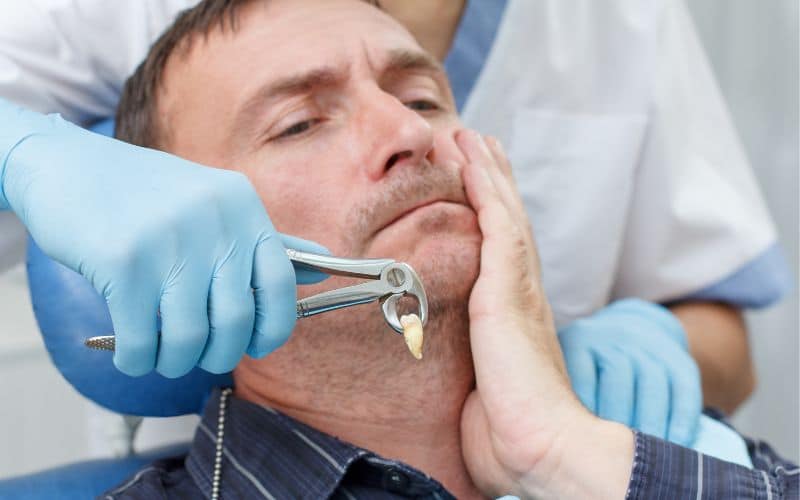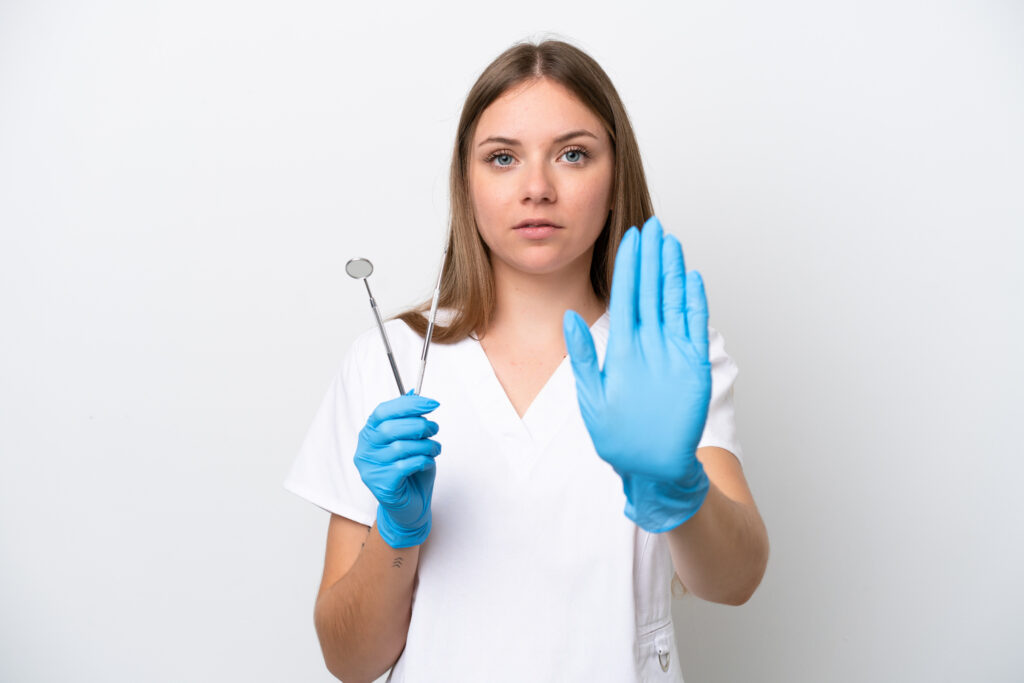A toothache is a painful experience, but it doesn’t necessarily require antibiotics. In fact, more than 80 percent of antibiotics prescribed before dental procedures are unnecessary, according to a study published in JAMA Network Open.
The study used insurance data from 168,000 visits to dentists and found that most prescriptions for antibiotic prophylaxis were inappropriate.
Saltwater
Salt water can kill some bacteria in the mouth and throat, but it doesn’t kill all of them. It does help to bring them to the surface so they can be washed away when a person spits it out. In addition, salt water reduces the acidic environment in the mouth that helps bacteria thrive. This makes it harder for them to grow, according to a study published in PLOS ONE.
The best way to treat infection in the mouth is by brushing and flossing twice a day. These simple steps can prevent tooth decay and toothaches by removing the bacteria that cause them. It is also important to avoid foods that promote bacterial growth. Sugary foods fuel the bacteria that break down teeth and cause cavities, according to a report in PLOS ONE.
Overuse of antibiotics can increase the chance that bacteria will develop resistance to them, so it is best to take the least invasive approach possible for treating an infection in the mouth. However, some patients are at higher risk of infective endocarditis and require treatment with antibiotics before dental procedures. These patients include those with a prosthetic valve, congenital heart disease, or acquired valvular heart disease with stenosis or regurgitation.
For these patients, it is a good idea to use online urgent care from K Health before scheduling an appointment with their dentist. This service allows a patient to submit photos of their condition and speak with a doctor one-on-one.
Hydrogen peroxide

Despite the fact that bacteria are the main cause of dental infections, antibiotics are not always the right treatment. In fact, taking antibiotics when they are not needed can increase your chances of getting an infection that cannot be treated with antibiotics. It can also lead to antibiotic resistance, which makes it harder for future infections to be treated with these medications.
Hydrogen peroxide is just water with an extra oxygen atom tacked on, giving it the chemical formula H2O2. Small amounts of gaseous hydrogen peroxide occur naturally in the air. It is very reactive and eager to oxidize other molecules, which is why it is used in industrial applications such as bleaching and deodorizing. It is also an effective disinfectant in low concentrations, such as the typical household 3 percent solution found at stores.
In the field of dentistry, hydrogen peroxide is an effective antiseptic and disinfectant for contaminated instruments. It is used to disinfect teeth before and after surgery, and it can even kill the fungus that causes periodontal disease. A dentist can apply a high concentration of the compound to the gums to prevent infection during invasive procedures. This type of premedication is called antibiotic prophylaxis. It is important to note that a dentist will only prescribe antibiotics for certain types of dental infections and will always consider other treatments first.
Garlic

Garlic comes from an edible plant with a bulb, stem, and leaves and is botanically considered a vegetable. It is known for its sulfurous smell and taste that makes it a common ingredient in cooking. However, it also has health-supporting compounds that can help fight infections. Garlic’s antibacterial properties mainly come from allicin, which is produced when you crush or cut a clove of garlic. It is thought that this compound prevents bacteria from releasing their RNA molecules, which allows antibiotics to target the bacteria. It also destroys or weakens the protective slimy matrix that bacteria use to protect themselves from antibiotics and other immune responses.
People have been using garlic for centuries to treat many different ailments. For example, in the 1800s, people used garlic to treat cholera, typhoid fever, diphtheria, and tuberculosis. They also used it to treat colds, coughs, chest pains, gout, stomach aches, and low blood sugar. Garlic was also a popular treatment for snakebites and to combat stress and fatigue.
More recently, some studies have shown that consuming garlic reduces the risk of stomach cancer and may decrease your chance of getting pneumonia. Other research has found that garlic can be helpful in treating ear infections, although it isn’t clear why. Some studies have shown that applying garlic topically can help treat yeast infections, but others have not. Some studies have also found that garlic can reduce the symptoms of psoriasis, and may help people with diabetes and high blood pressure.
Vanilla

Vanilla is a plant that is grown for its flavoring, but it also has many medicinal properties. People use it for conditions like intestinal gas, fever, and tooth decay as well as to increase sexual desire (as an aphrodisiac) and to reduce anxiety. People also use it to treat infections in their bodies, such as colds and flu. Vanilla extract is an effective cough syrup and can relieve pain from a sore throat. It is also a natural ingredient in many dental products and can help relieve toothache. You can make a vanilla oil infusion at home by adding whole vanilla beans or pods to a carrier oil, such as jojoba oil. The infusion will take about a week, and the vanilla will gradually release its scent.
Vanilla contains a compound called vanillin, which has antibacterial properties. It is similar to capsaicin in chili peppers and euganols in cinnamon, both of which are natural pain-relief compounds. It can also act as a topical anaesthetic.
Research has found that the compounds in vanilla can inhibit quorum sensing, which is a signaling pathway that promotes bacterial pathogenesis. This finding suggests that vanilla could be used as a natural antibiotic to prevent infection. In addition, studies have found that vanilla has antifungal properties. The phenolic acids, flavonoids, and tannins in vanilla have all been shown to inhibit fungal growth.



